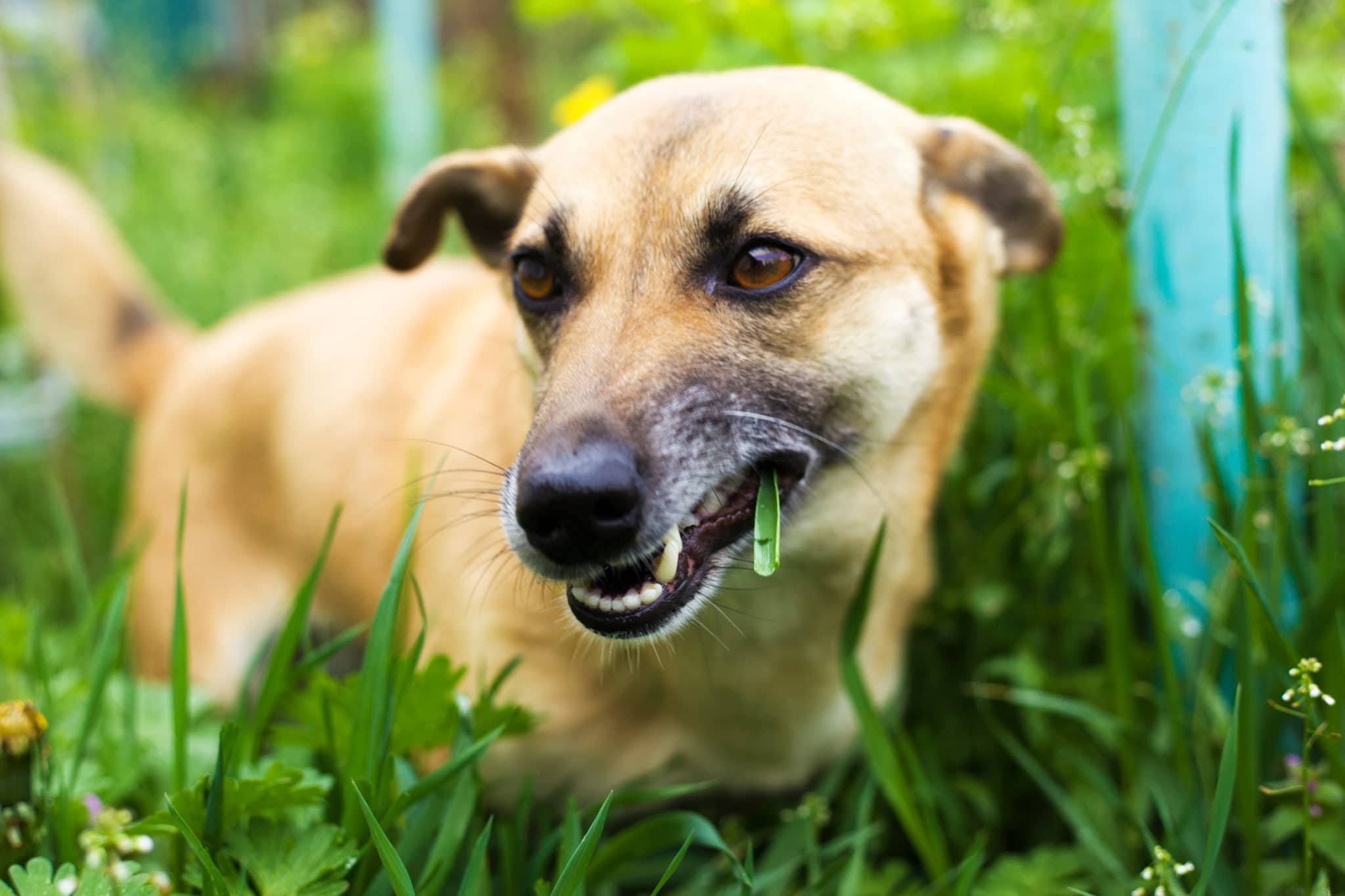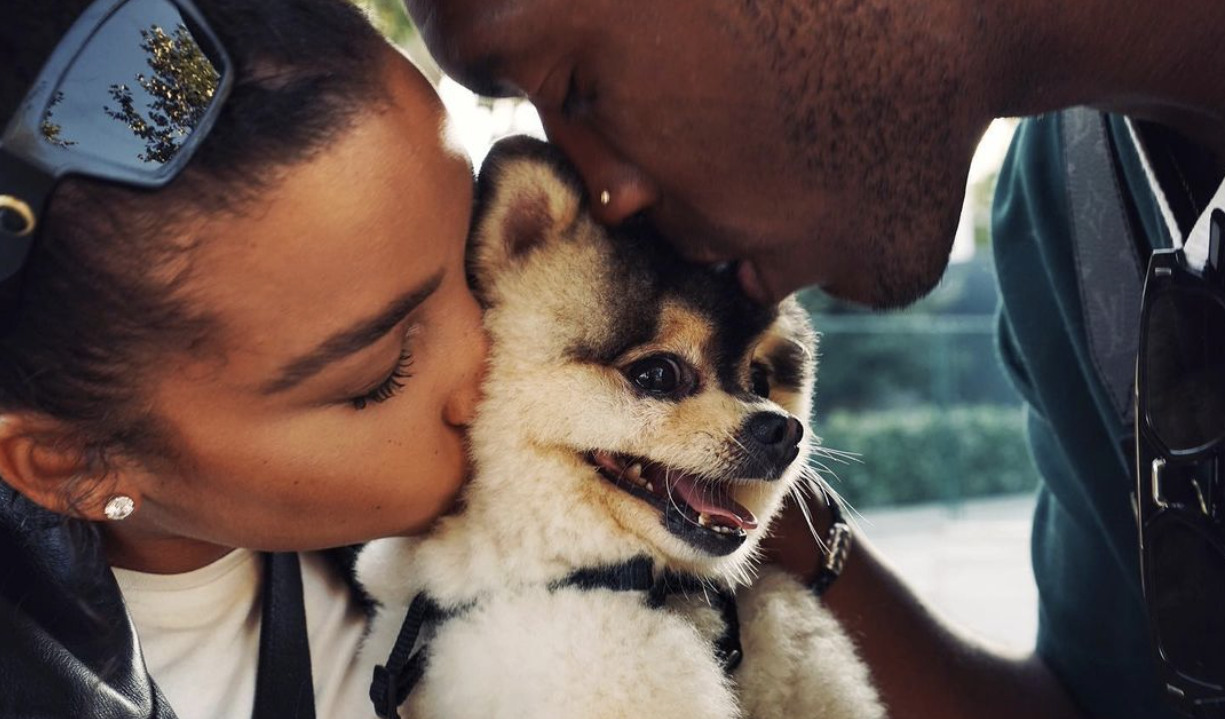Parenting is about providing your kids with lessons they can carry with them for life. But what are you supposed to teach your kids when it comes to your pets? In this article, we’ll explore the top 4 crucial lessons to teach your kids about pet ownership.
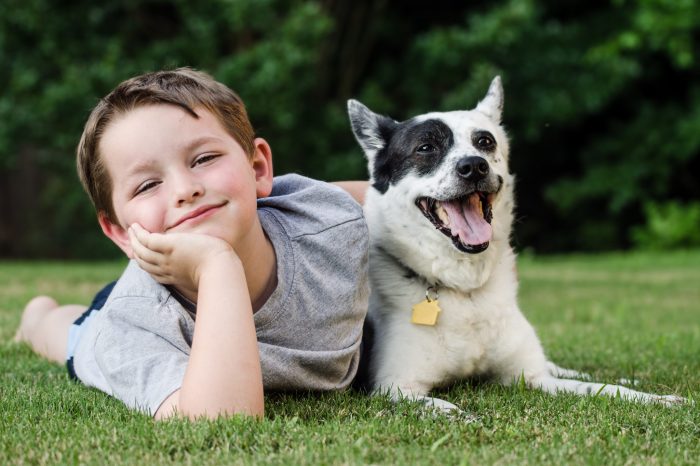
1. The right way to pet, handle, and treat animals
First and foremost, kids need to learn how to interact appropriately with their pets. The key is to remain calm and gentle at all times. Children should be taught never to hit their pets, chase them, or pull on any part of their body.
Next, kids should learn the right way to pet a cat or dog. Starting from the top of the head or neck, teach them to slowly glide their hand down their pet’s back towards the tail. Petting in the opposite direction is uncomfortable and is likely to agitate your pet.
Kids should also learn that unlike with dogs, most cats do not enjoy belly rubs. Many cats in fact will naturally scratch or bite in response to a touch there. Knowing this is key to ensuring your child’s interactions with your cats remain positive and injury-free.
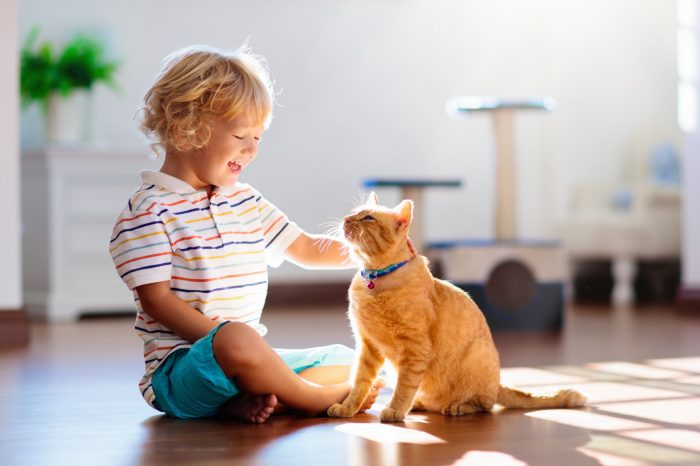
Once petting has been mastered, you can then consider teaching your child how to pick up your pet. In order to feel safe and secure, a dog or cat’s entire body and weight must be completely supported at all times. Keeping one hand on the chest and the other supporting the rump from below generally works well.
If your child is not strong or mature enough to confidently pick up your pet as described, just have them stick to petting. A fair number of cats and dogs would rather be left on the ground, anyway.

2. Why pets shouldn't get "people food"
There are several reasons why children should be taught to never offer your pets table scraps or “people food.”
Believe it or not, a number of foods we eat on a regular basis are actually toxic to dogs and cats! An even larger percentage of foods, while not necessarily toxic, can upset your pet’s stomach and make them very sick. In addition, eating a lot of “people food” can quickly lead to obesity, which puts your pet at risk for a host of other serious health problems.
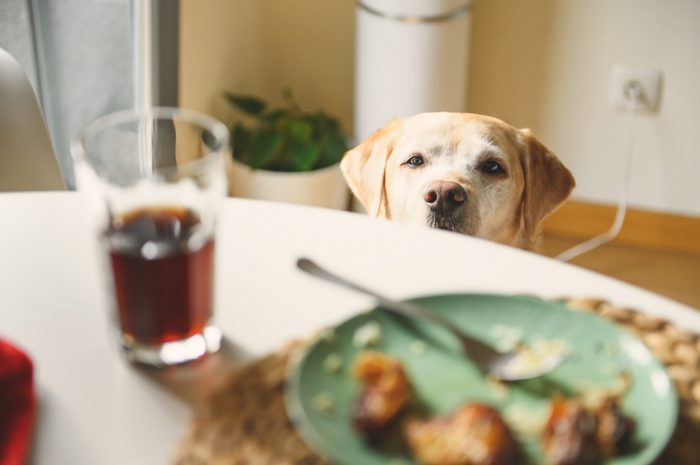
Related article: Owners Beware – The 6 Deadliest Foods For Your Pets
3. Why pets should be left undisturbed while they eat
The next lesson that all children should be taught is to not disturb an animal while he or she is eating.
Dogs especially can quickly become irritated if they are disturbed while eating. May dogs act defensively or aggressively if they believe that their food is trying to be taken away. As such, it’s best for children to leave even the most well-mannered pets alone while they eat. As you would imagine, very serious injuries can result if a child is bitten by a dog or cat.
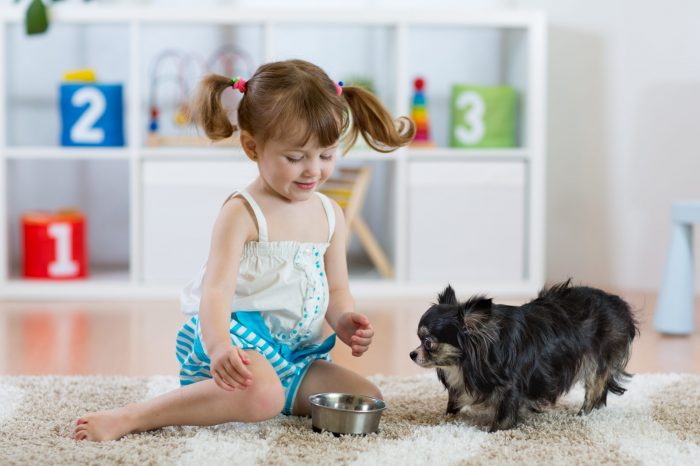
4. The importance of giving pets their space
Most children naturally view their pets as cute, cuddly teddy bears that they want to hug and kiss until the end of time. As sweet as this is, it’s important to teach our kids that animals need their space too.
Animals that are overwhelmed with too much love and affection in one sitting may be prone to scratching or biting. As such, teaching your kids about boundaries, space, and respect early on is a sure way to prevent injuries and minimize unnecessary stress on your pet.
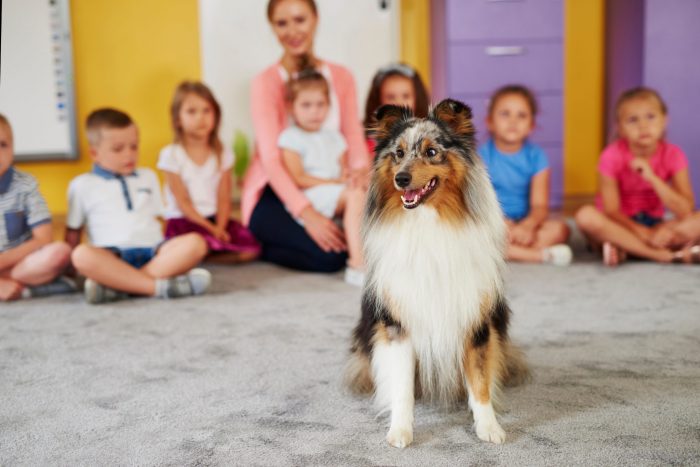
You’ve now learned the top 4 crucial lessons to teach your kids about pet ownership. Having both children and pets under the same roof can be stressful, but we hope the information in this article will help to guide some important conversations between you and your family.

